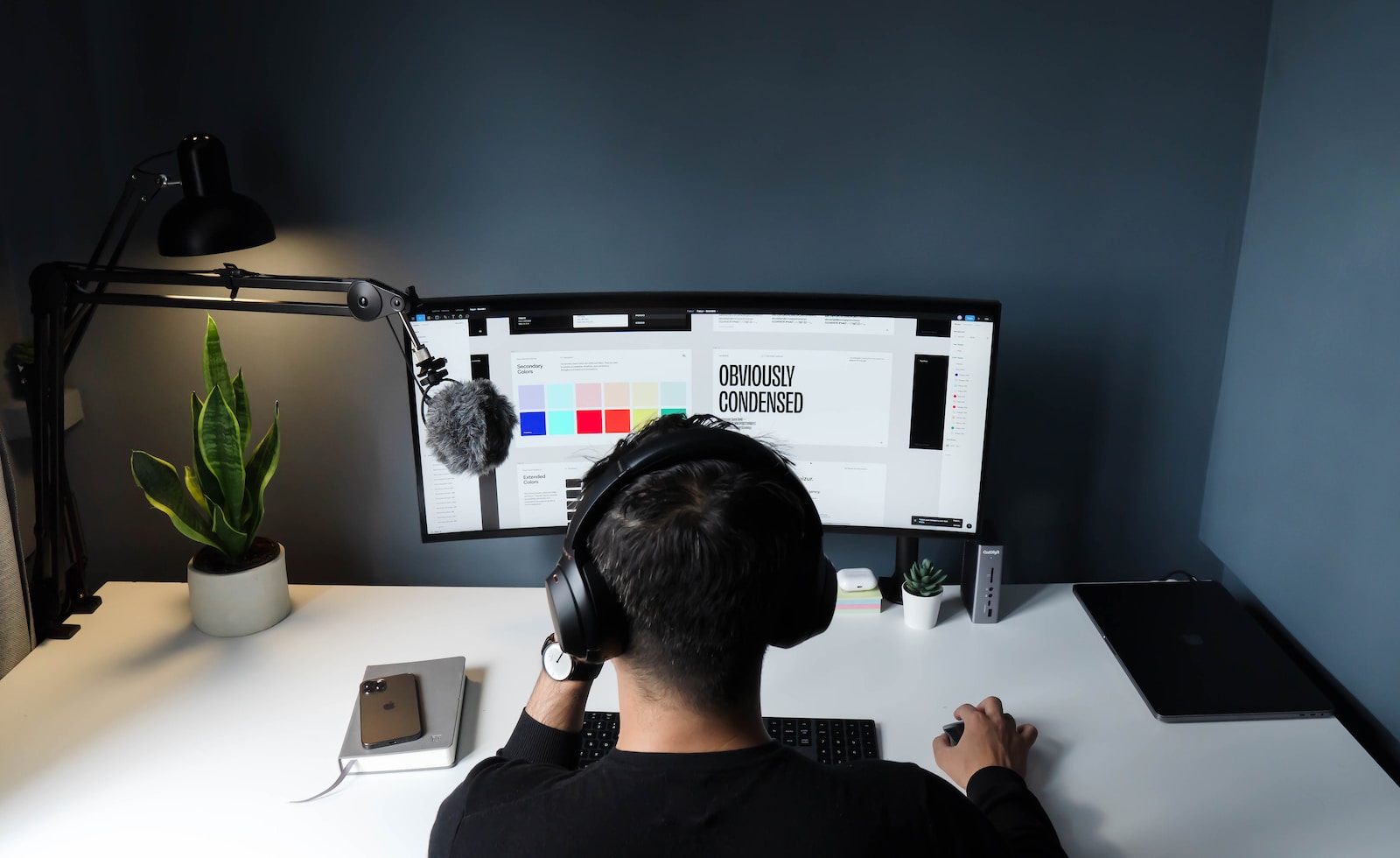
In today’s digital world, a visually appealing and well-designed website is crucial for success. To create a stunning website layout, it’s essential to understand and apply the fundamental principles of graphic design. Here are eight essential graphic design principles that will help you create eye-catching and effective website layouts:
- Visual Hierarchy: Visual hierarchy is the arrangement of design elements in a way that signifies their importance. By using size, color, and contrast, you can guide the viewer’s eye to the most critical parts of your design first, ensuring that your message is effectively communicated.
- Balance: Balance refers to the distribution of visual weight in a design, creating a sense of stability and harmony. There are two types of balance: symmetrical and asymmetrical. Symmetrical balance is achieved when elements are evenly distributed, while asymmetrical balance uses different elements to create a sense of equilibrium.
- Contrast: Contrast is the difference between design elements, such as color, size, and shape. By using contrasting styles and shapes, you can grab the viewer’s attention and make your design more visually appealing.
- Consistency and Spacing: Consistency in design elements, such as typography, color palette, and imagery, creates a cohesive and professional look. Spacing is also crucial, as it helps to separate and organize different elements, making the design easier to navigate and understand.
- Typography and Readability: The choice of fonts and their arrangement plays a significant role in the overall design. Selecting appropriate fonts and ensuring readability is essential for effectively conveying your message and maintaining a professional appearance.
- Color Palette and Imagery: The choice of colors and images can significantly impact the overall look and feel of your design. A well-chosen color palette can evoke emotions and create a specific atmosphere, while high-quality images can enhance the visual appeal of your website.
- Responsive and Omni-Screen Design: With the increasing use of various devices to access websites, it’s essential to create designs that adapt to different screen sizes and resolutions. A responsive and omni-screen design ensures that your website looks great on any device, providing a seamless user experience.
- Gestalt Design Principles: Gestalt psychology suggests that the human eye perceives objects as a whole before recognizing individual parts. Applying Gestalt design principles, such as proximity, similarity, and closure, can help create visually appealing and easily understandable designs.
In conclusion, understanding and applying these eight essential graphic design principles can significantly improve your website’s layout and overall appearance. By focusing on visual hierarchy, balance, contrast, consistency, typography, color palette, responsive design, and Gestalt principles, you can create stunning website layouts that effectively communicate your message and engage your audience.
